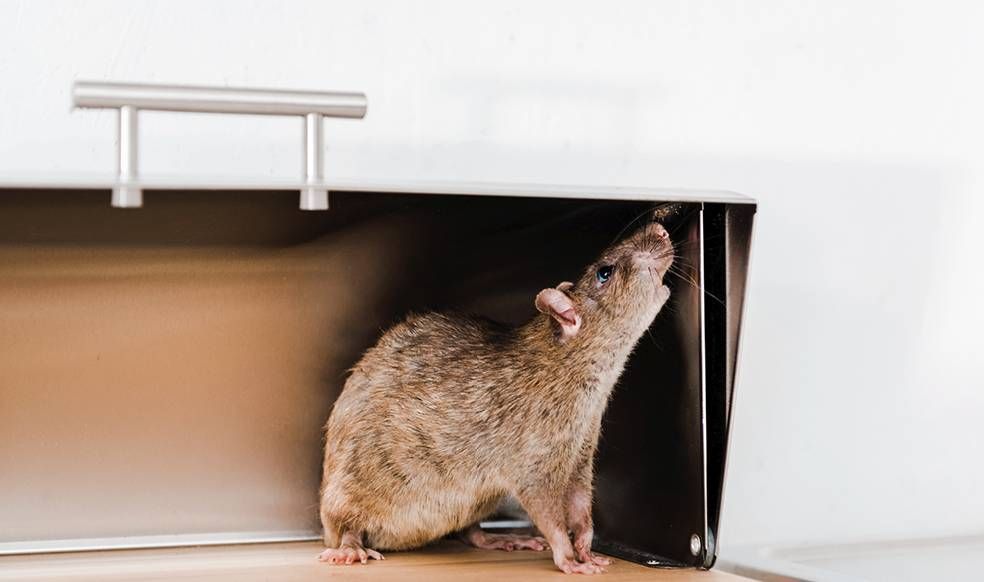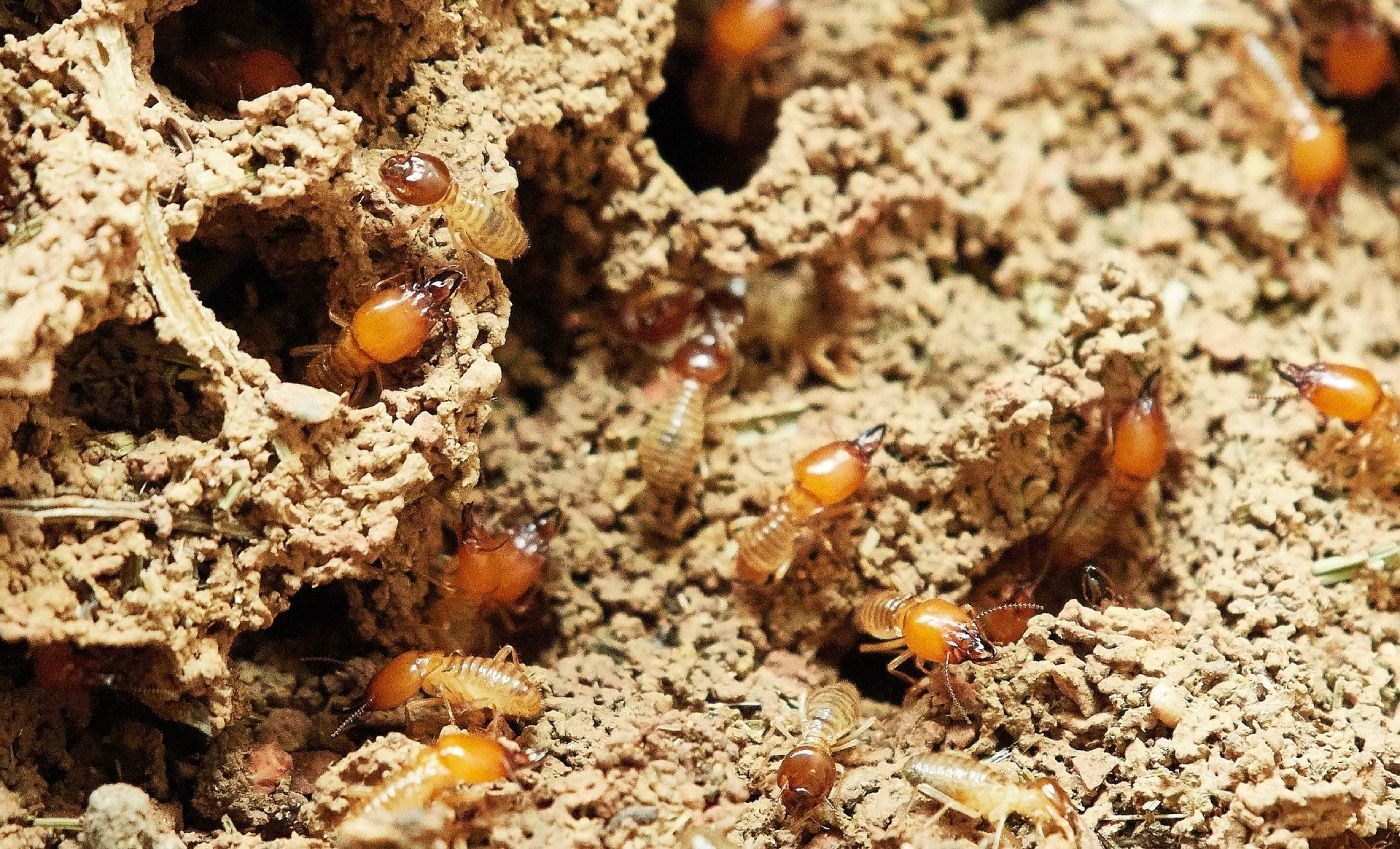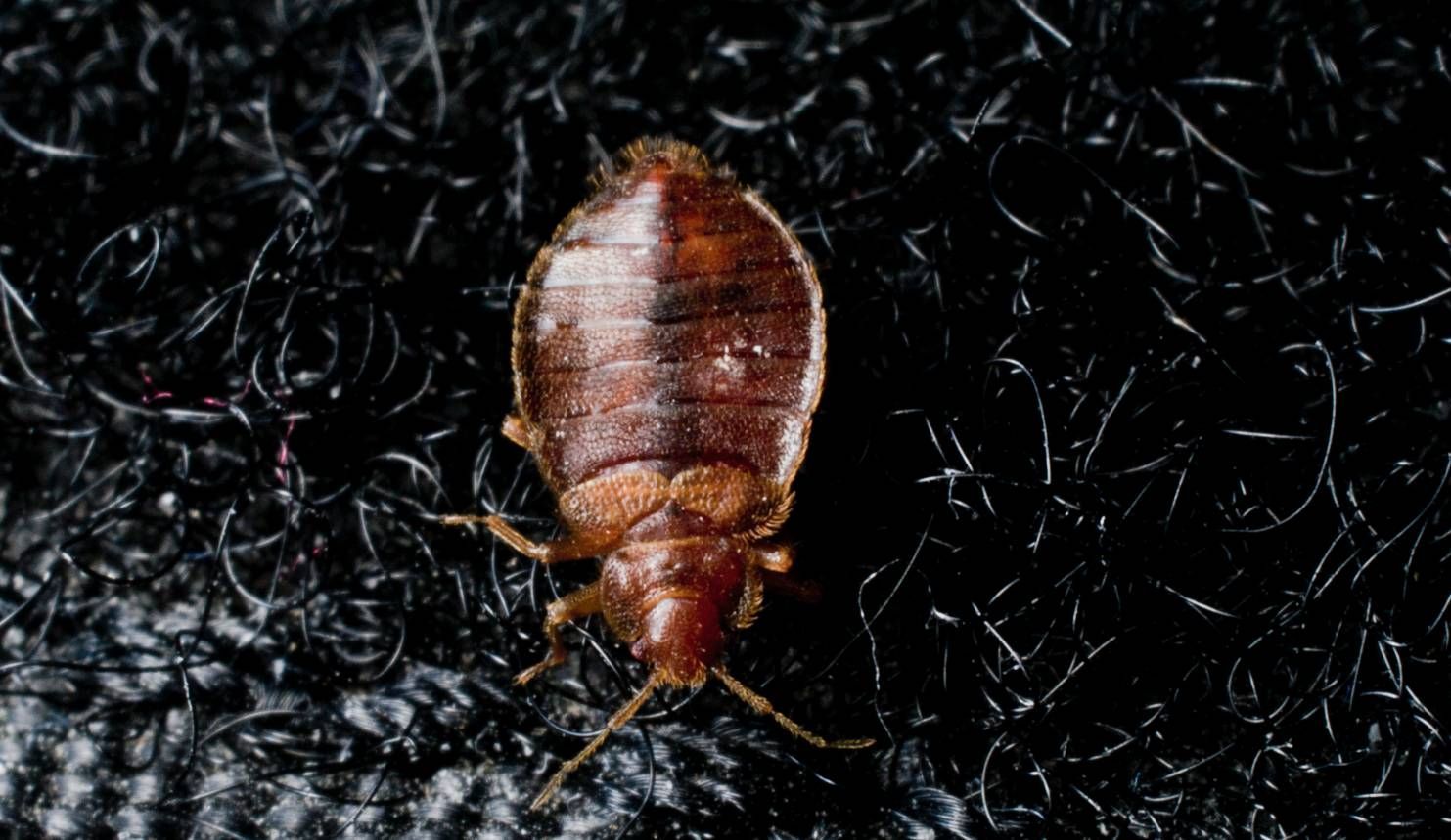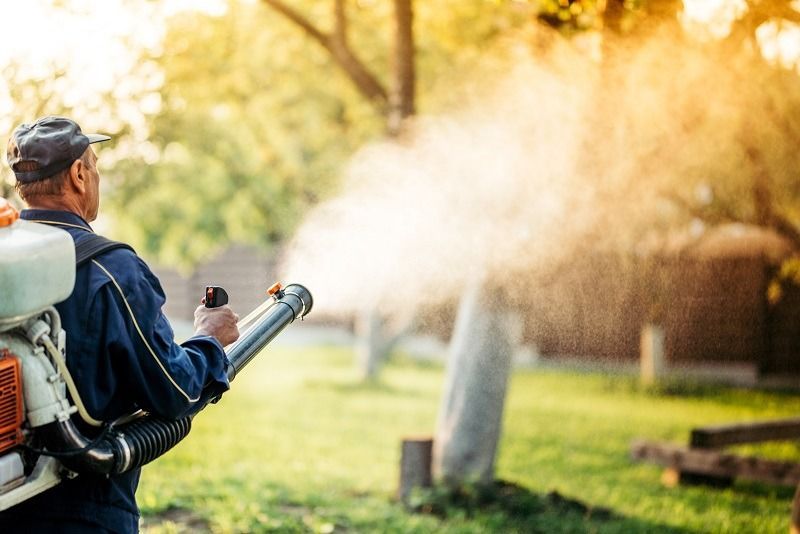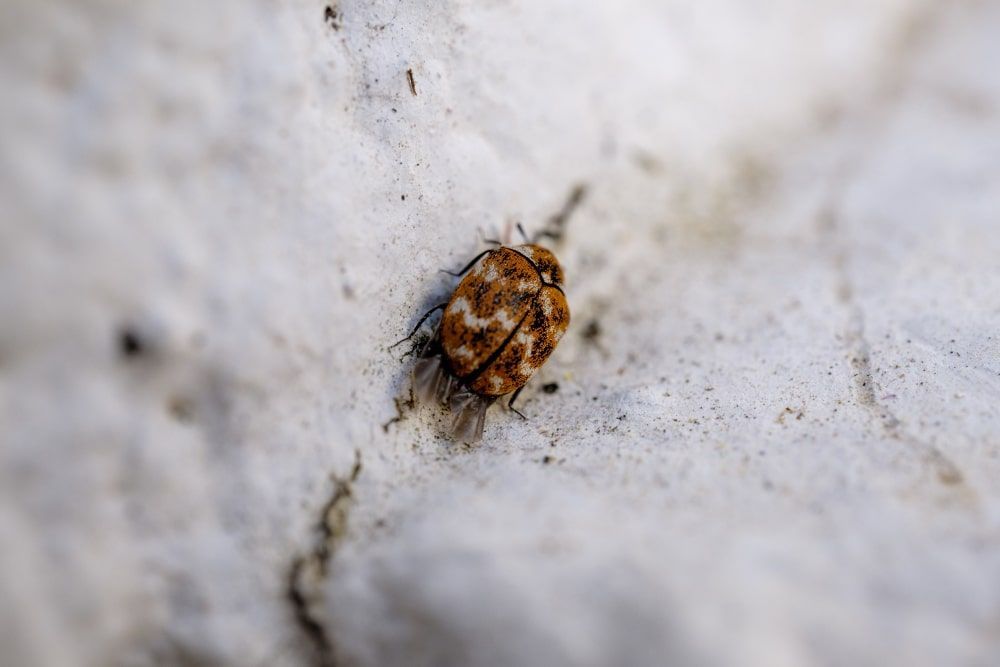Top Bed Bug Treatment Options in Fort Worth, TX
Dealing with a bed bug infestation can be a stressful and overwhelming experience for homeowners, landlords, and businesses alike. Bed bugs are notorious for being difficult to eliminate, but with the right treatment approach, it is entirely possible to regain control of your living space, a variety of options for bed bug treatment In Fort Worth, TX are available, each with its own set of advantages and considerations.
Whether you're facing an early-stage infestation or a full-blown problem, understanding these treatment methods can help you make an informed decision about the best way to handle your bed bug dilemma.
1. Heat Treatment
One of the most effective and environmentally friendly methods of treating bed bugs is heat treatment. Heat treatments involve raising the temperature in the affected areas to a level that is lethal to bed bugs. Typically, the temperature must be increased to about 120°F to 130°F for a sustained period (usually around 6-8 hours) to kill all life stages of bed bugs, from eggs to adults.
How it works:
Professional pest control companies use specialized equipment to heat the infested area, which can include whole rooms, individual pieces of furniture, or even entire homes. The heat penetrates all areas where bed bugs may be hiding, including cracks in the walls, behind baseboards, and within furniture cushions.
Advantages:
- Non-toxic: Heat treatment is chemical-free and poses no risk to humans or pets.
- Comprehensive: Heat penetrates deep into fabrics and cracks, ensuring a high success rate.
- Single treatment: Most heat treatments require only one session to eliminate the infestation completely.
Considerations:
- Cost: Heat treatments can be expensive compared to other methods.
- Preparation: Homeowners may need to prepare their home by removing any heat-sensitive items, such as electronics or medications.
2. Chemical Treatments
Chemical treatments are one of the most common approaches to bed bug control and involve the use of insecticides to eliminate the pests. Pest control professionals use a variety of targeted insecticides, including both contact killers and residual products, that remain active after application to continue killing any newly emerging bed bugs.
How it works:
Chemical pesticides are applied directly to areas where bed bugs are most likely to be found, such as mattresses, bed frames, cracks in the walls, and other hiding spots. Some insecticides work by poisoning bed bugs, while others may disrupt their reproductive cycle.
Advantages:
- Availability: Chemical treatments are widely available and have been used for decades.
- Cost-effective: Chemical treatments are generally less expensive than heat or fumigation methods.
- Fast results: Chemical applications can start to work immediately, with visible results within days.
Considerations:
- Health risks: Some insecticides can be harmful to humans and pets if not used properly, requiring homeowners to vacate the premises during treatment.
- Resistance: Bed bugs have developed resistance to certain chemicals over time, making some products less effective.
- Multiple treatments: Chemical treatments often require multiple visits to ensure complete elimination.
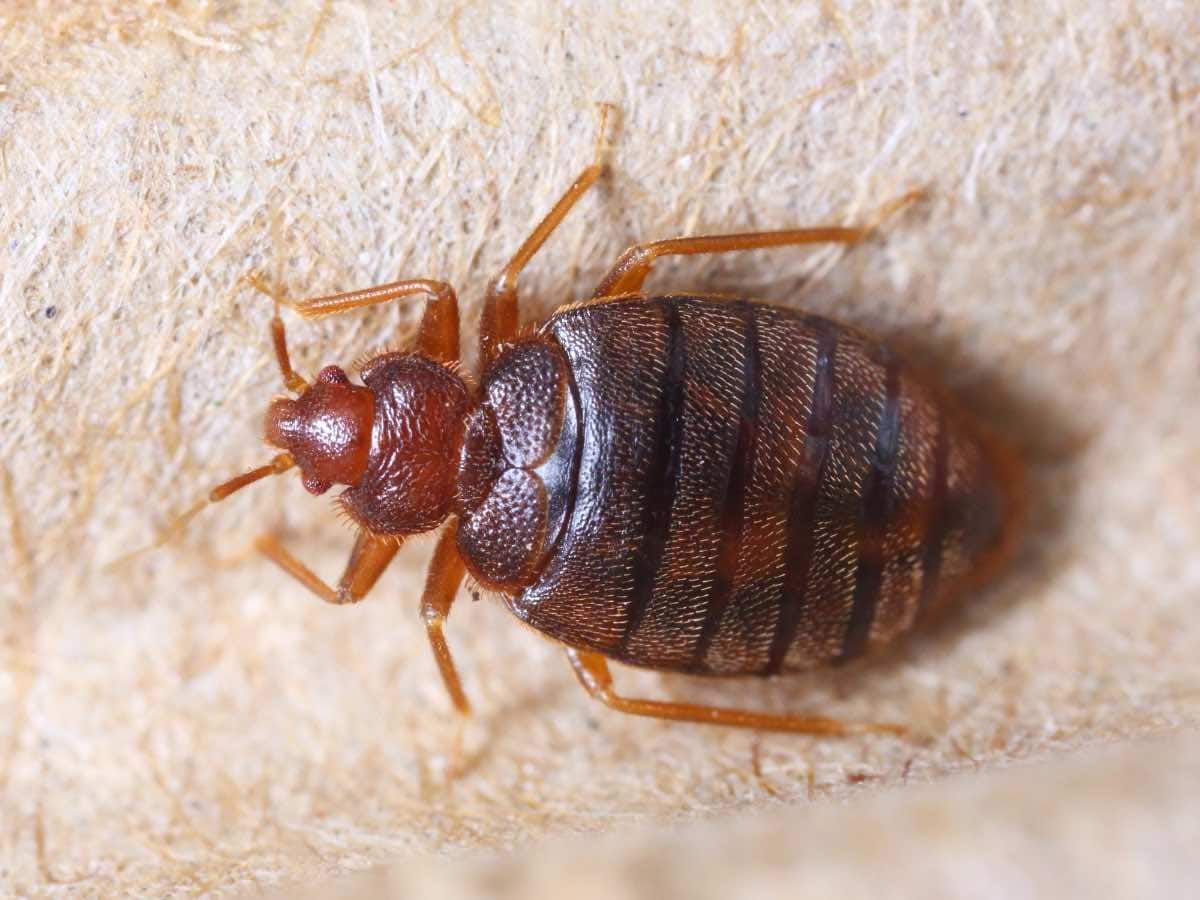
3. Steam Treatment
Steam treatment is another non-toxic method of dealing with bed bugs. It uses high-temperature steam to kill bed bugs on contact. This method is especially effective for treating mattresses, upholstery, and other soft furnishings, as well as cracks and crevices where bed bugs hide.
How it works:
A professional pest control technician uses a steam cleaner, often equipped with a nozzle attachment, to apply high-temperature steam to infested areas. The steam kills the bed bugs by penetrating their exoskeletons, effectively dehydrating and destroying them.
Advantages:
- Chemical-free: Steam treatment is a natural, non-toxic alternative to chemical pesticides.
- Effective in hard-to-reach places: The steam can reach cracks, crevices, and folds in furniture that are difficult to treat with other methods.
- Immediate results: Steam kills bed bugs instantly upon contact.
Considerations:
- Limited coverage: Steam may not penetrate deep enough to treat all areas of a home effectively, such as walls or floors.
- Equipment: This method requires specialized equipment, which can increase the cost of treatment.
- Multiple sessions: In some cases, multiple steam treatments may be necessary to fully eliminate the infestation.
4. Fumigation (Tent Fumigation)
Fumigation is a whole-house treatment that involves sealing the home in a protective tent and introducing a gas (usually sulfuryl fluoride) that permeates every corner of the structure, bed bug treatment at all stages of life. Fumigation is typically reserved for severe infestations where other methods have failed.
How it works:
The home is completely sealed in a tarp or tent, and a fumigation gas is introduced. The gas penetrates walls, furniture, and other hard-to-reach places where bed bugs might be hiding. The fumigant works by disrupting the bed bugs’ nervous system and killing them.
Advantages:
- Effective for large infestations: Fumigation is one of the few methods that can treat an entire home or building effectively.
- Kills all life stages: The fumigant can kill bed bugs at every stage, from eggs to adults.
- No need to move furniture: Unlike other methods, fumigation does not require furniture to be moved or disposed of.
Considerations:
- High cost: Fumigation is one of the most expensive treatment options available.
- Health risks: The fumigation gas is toxic to humans and pets, and residents must vacate the premises for several days during the treatment.
- Preparation: Fumigation requires extensive preparation, including the removal of all food, medications, and plants.
5. Integrated Pest Management (IPM)
Integrated Pest Management (IPM) is a holistic approach to bed bug control that combines multiple strategies to address the infestation. It may include a combination of chemical, physical, and environmental methods such as sealing cracks, reducing clutter, using bed bug interceptors, and applying targeted insecticides. The goal of IPM is to not only eliminate the current infestation but also prevent future ones from occurring.
How it works:
IPM involves collaboration between pest control professionals and homeowners. Technicians conduct inspections, recommend preventative measures, and use a combination of treatment options tailored to the severity of the infestation.
Advantages:
- Long-term results: By addressing both the immediate infestation and prevention, IPM offers a long-term solution.
- Customized treatment: IPM tailors treatment methods to the specific needs of the home and the severity of the infestation.
- Reduced pesticide use: IPM emphasizes the use of non-chemical methods and minimizes the use of pesticides.
Considerations:
- Complexity: IPM may require more time and effort to implement compared to single-method approaches.
- Cost: While not as expensive as fumigation, IPM can be more costly than basic chemical treatments due to its multi-faceted approach.
Conclusion
There are several control options available for
bed bug treatment in Fort Worth, TX, ranging from heat treatments and steam treatments to chemical and fumigation options. The best choice for you will depend on the severity of your infestation, your budget, and any specific health concerns. Professional pest control experts can help you decide which method will be most effective in eliminating the bed bugs in your home, ensuring a pest-free environment for you and your family.
